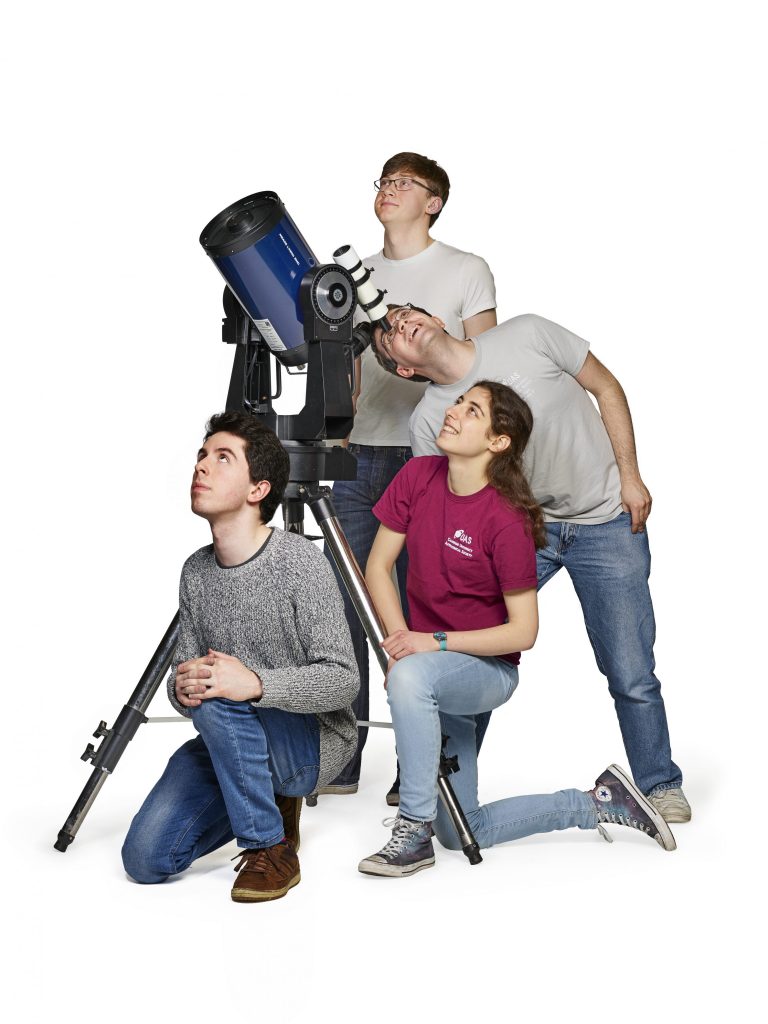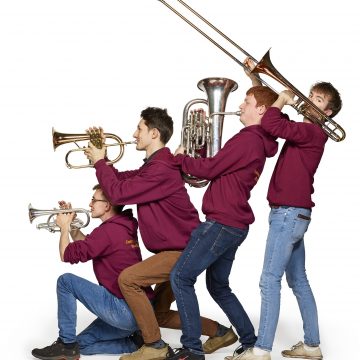Society: Eyes to the skies with the astronomers
The Cambridge University Astronomical Society can teach you how to get a lens cap off, focus a telescope and use the coordinate system. But you’ll need your own eyes to appreciate the universe

Want to use the Institute of Astronomy’s two massive telescopes, Northumberland and Thorrowgood? Join the Cambridge University Astronomical Society (CUAS)… and then endure a number of tests of skill, as committee chair second-year NatSci Hannah Sanderson (Jesus) explains.
Take, for example, getting the lens cap off a 20-foot-long telescope. Tricky at the best of times, it requires a steady hand and a stepladder. Then there is the fact that lenses are clamped in one direction but not the other: move yours below the horizontal and the lens will misalign.
“When you use your eyes, you forget about your feet”
And there are other hazards. “Thorrowgood is in a 10-sided dome, so you have to line it up correctly with the walls when you close it,” says Sanderson. “If you leave gaps, animals can get in, like bats and birds. That’s interesting, when you turn up to do some observing and random animals start flying out at you…”
Happily, the Society provides ample training in “how not to break the telescopes”, as Sanderson puts it, how to focus them and how to use the coordinate system to find objects in the night sky.
Indeed, the Society runs weekly observation evenings, where members can come to gaze at whatever glories the night sky offers. Last summer, members gathered to watch the transit of Europa across the face of Jupiter. “It was one of the most exciting things I’ve ever seen,” says Sanderson. “We had to wait until 11pm, and you could see Jupiter’s different belts, and Europa, this white shiny object. Then it became a dark dot across Jupiter’s face, and we took it in turns to watch as it travelled across the planet.”
“How amazing to look at these objects that are thousands, if not millions, of light years away”
No expensive equipment is required to use the telescopes – though for cold nights, several layers and thermal underwear are highly recommended. Indeed, staying warm is crucial for stargazers. “You need to stay warm for long enough to observe,” she says. “But no matter how many layers you wear, there’s a critical point where you just lose so much energy through your shoes that your feet turn to ice blocks. Having said that, when you use your eyes, you forget about your feet. You get an appreciation of how big our universe is, and how amazing it is to look at these objects that are thousands, if not millions, of light years away. Seeing it with your own eyes is so satisfying.”
Find out more about the Cambridge University Astronomical Society.







